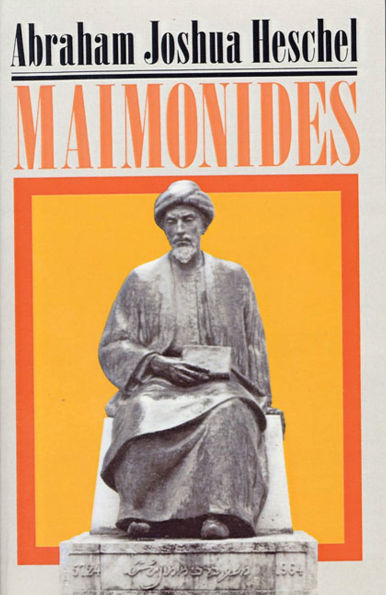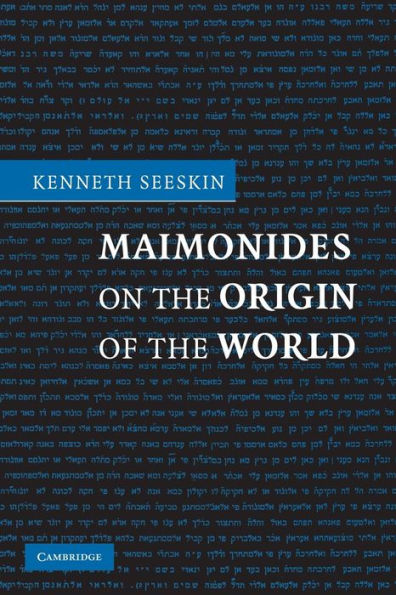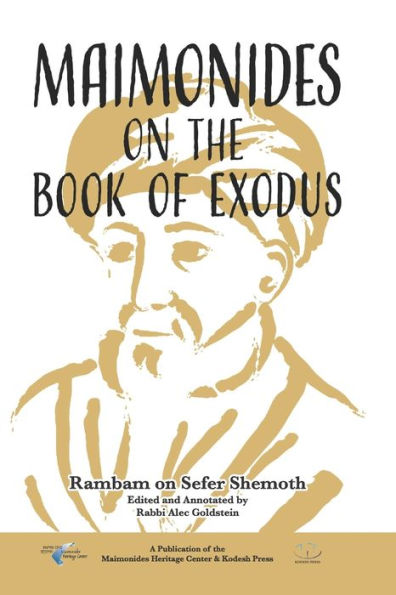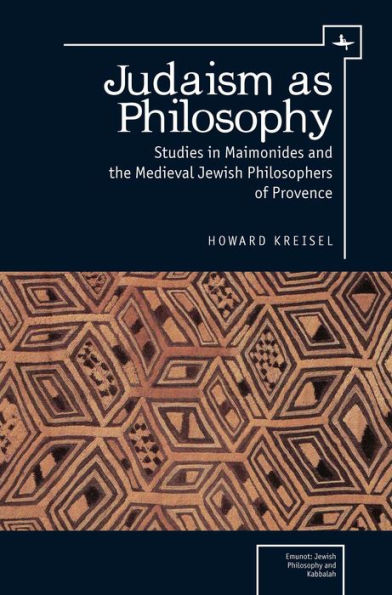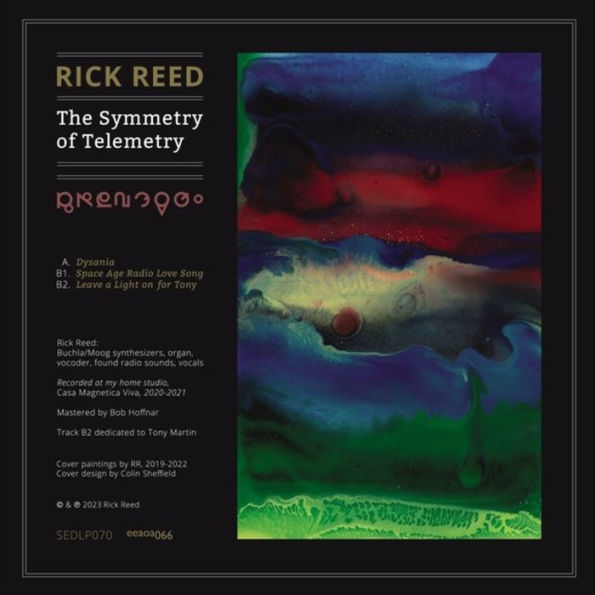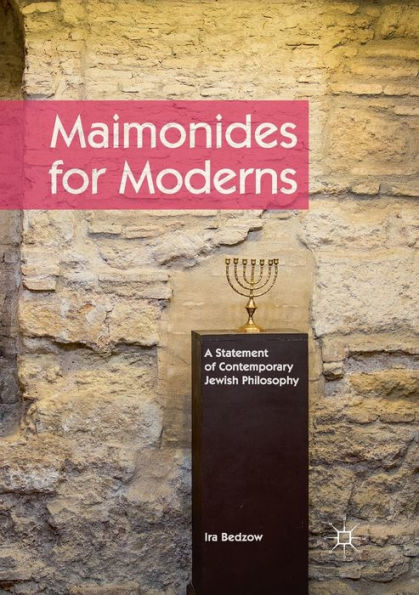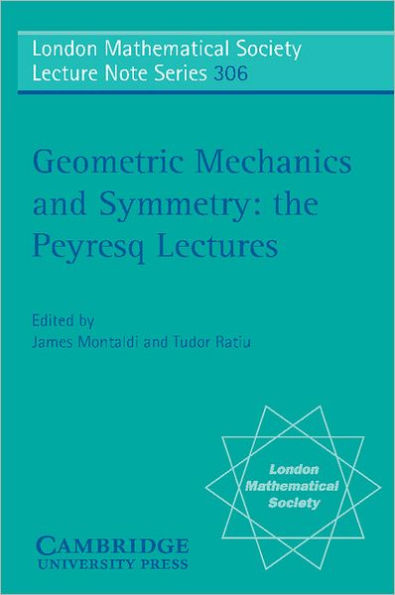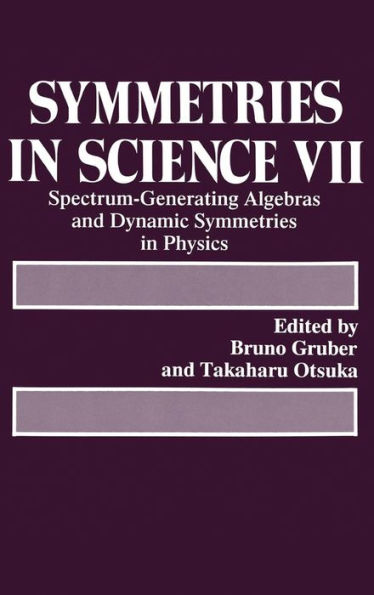Home
The Secret Symmetry of Maimonides and Freud
Barnes and Noble
The Secret Symmetry of Maimonides and Freud
Current price: $170.00
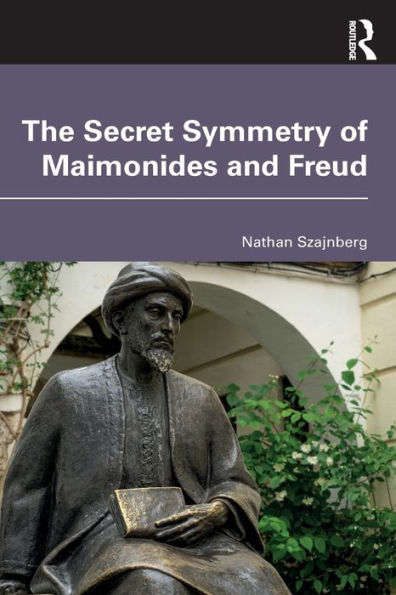

Barnes and Noble
The Secret Symmetry of Maimonides and Freud
Current price: $170.00
Size: Hardcover
Loading Inventory...
*Product information may vary - to confirm product availability, pricing, shipping and return information please contact Barnes and Noble
The Secret Symmetry of Maimonides and Freud
presents the parallels between
The Guide of the Perplexed
and
The Interpretation of Dreams
, considering how Maimonides might be perceived as anticipating Freud’s much later work.
suggests that humankind has secrets to hide and does so by using common mechanisms and embedding revealing hints for the benefit of the true reader. Using a psychoanalytic approach in tandem with literary criticism and an in-depth assessment of Judaica, Szajnberg demonstrates the similarities between these two towering Jewish intellectual pillars. Using concepts of esoteric literature from the Torah and later texts, this book analyses their ideas on concealing and revealing to gain a renewed perspective on Freud’s view of dreams. Throughout, Szajnberg articulates the challenges of reading translated works and how we can address the pitfalls in such translations.
The book is a vital read for psychoanalysts in training and practice, as well as those interested in Judaica, the history of ideas, and early medieval studies.
presents the parallels between
The Guide of the Perplexed
and
The Interpretation of Dreams
, considering how Maimonides might be perceived as anticipating Freud’s much later work.
suggests that humankind has secrets to hide and does so by using common mechanisms and embedding revealing hints for the benefit of the true reader. Using a psychoanalytic approach in tandem with literary criticism and an in-depth assessment of Judaica, Szajnberg demonstrates the similarities between these two towering Jewish intellectual pillars. Using concepts of esoteric literature from the Torah and later texts, this book analyses their ideas on concealing and revealing to gain a renewed perspective on Freud’s view of dreams. Throughout, Szajnberg articulates the challenges of reading translated works and how we can address the pitfalls in such translations.
The book is a vital read for psychoanalysts in training and practice, as well as those interested in Judaica, the history of ideas, and early medieval studies.

